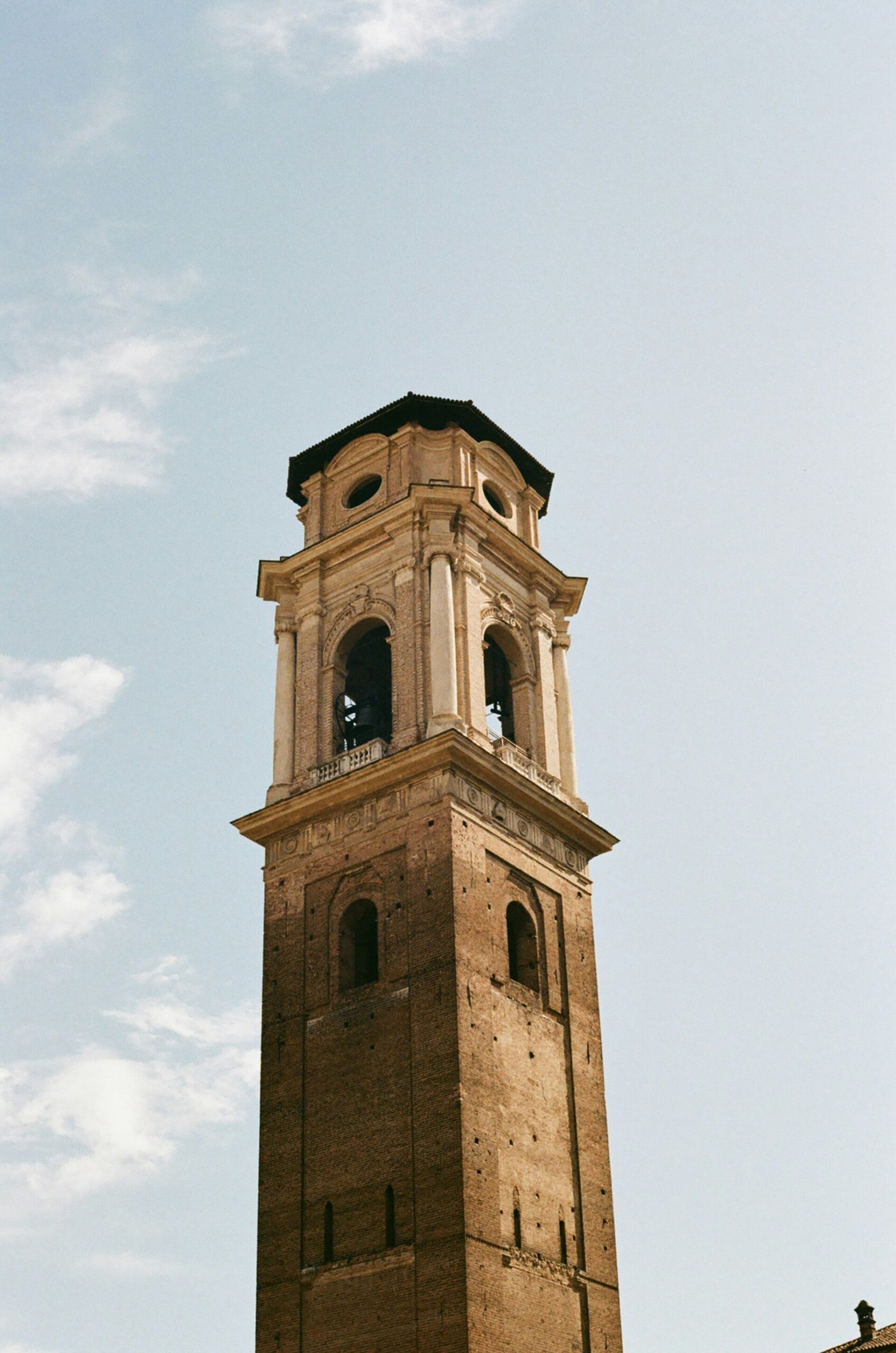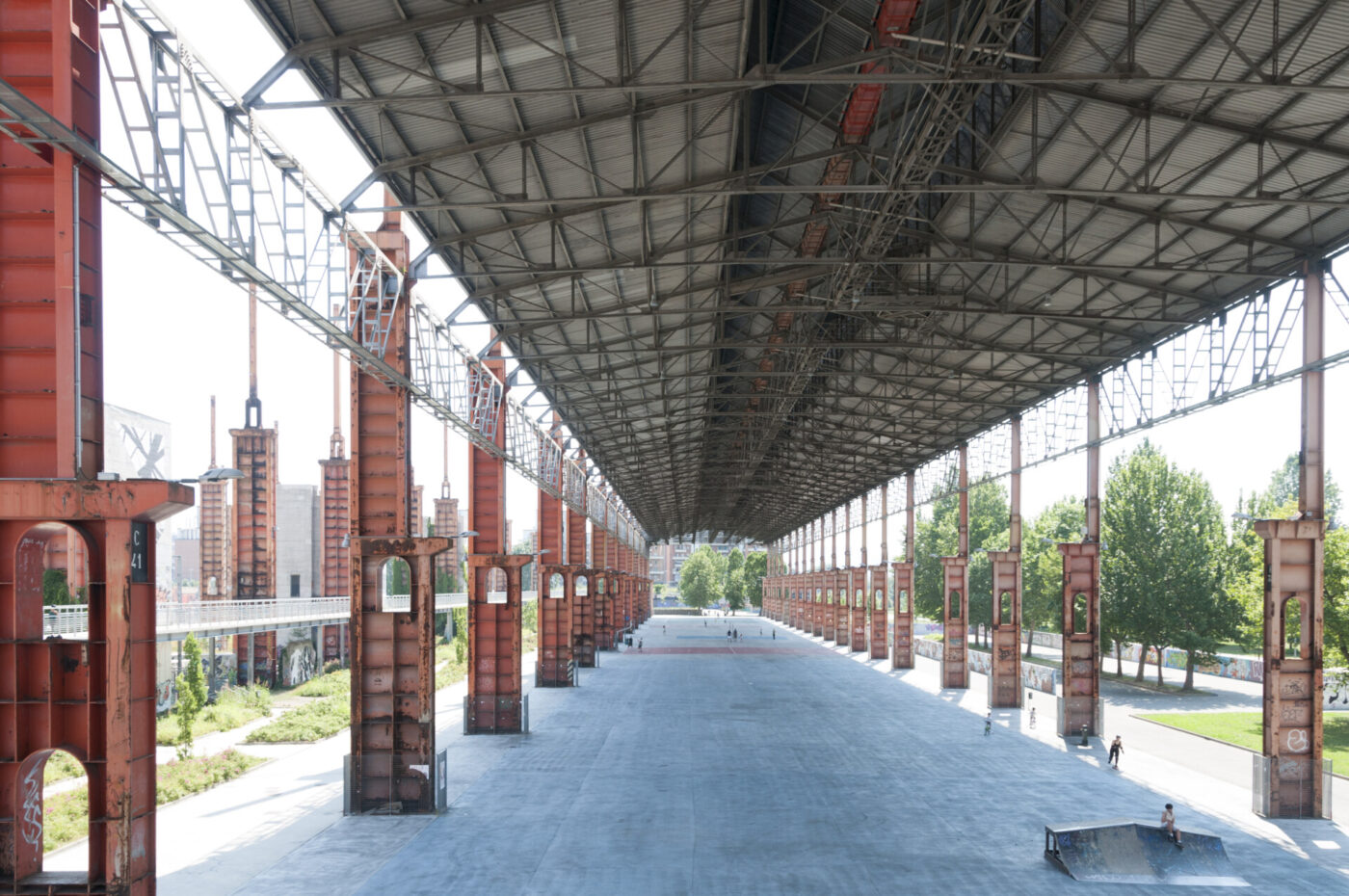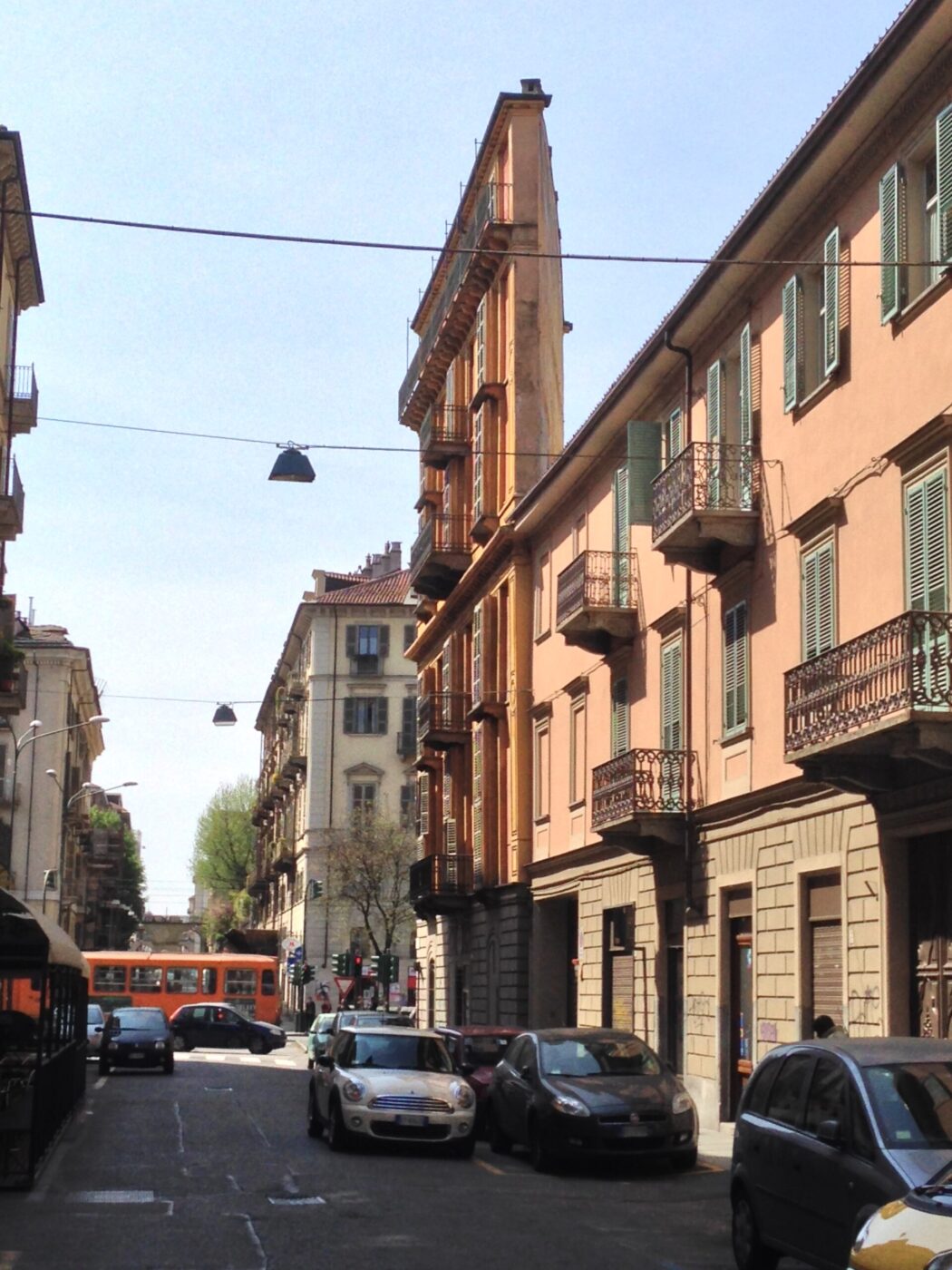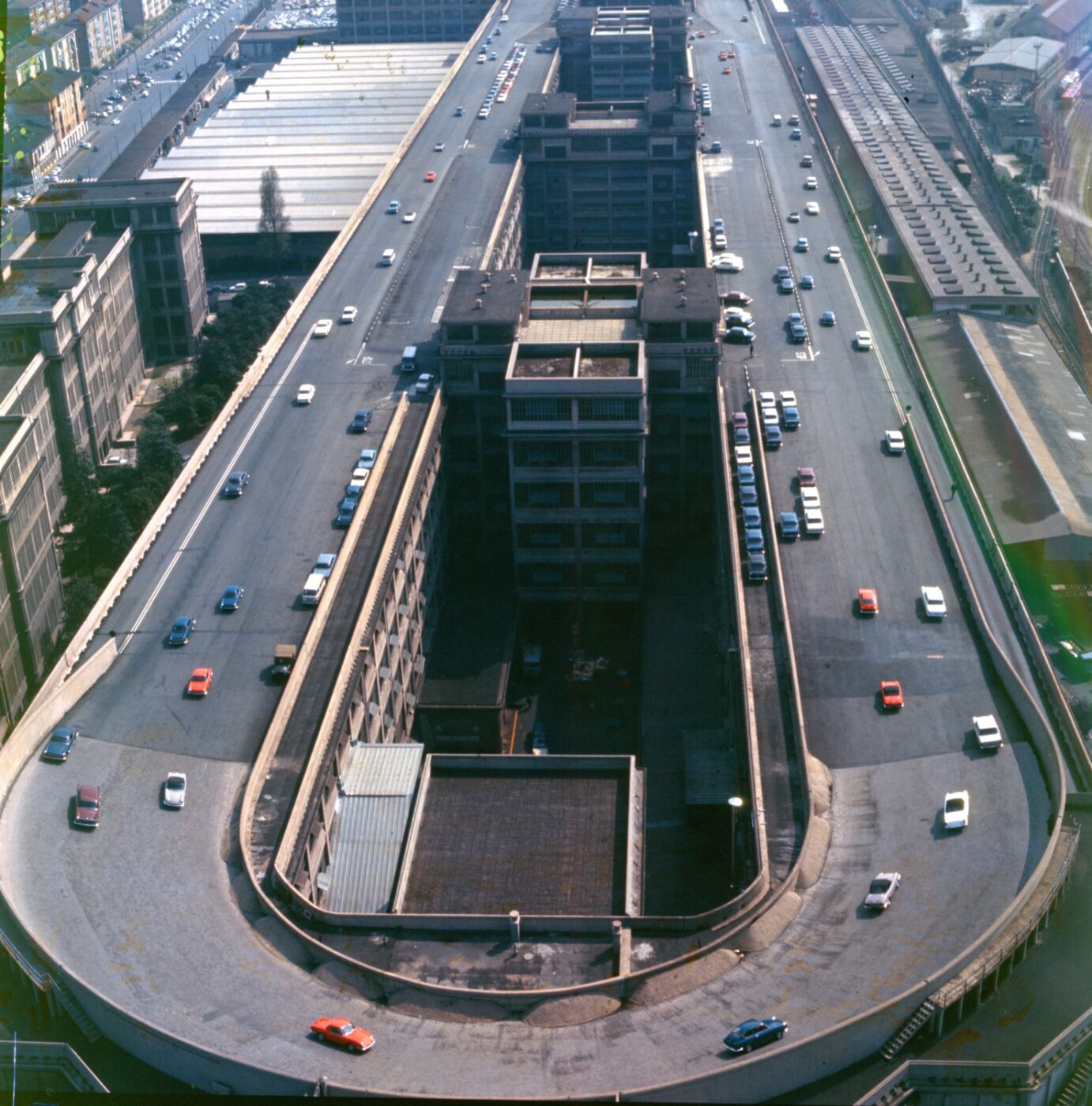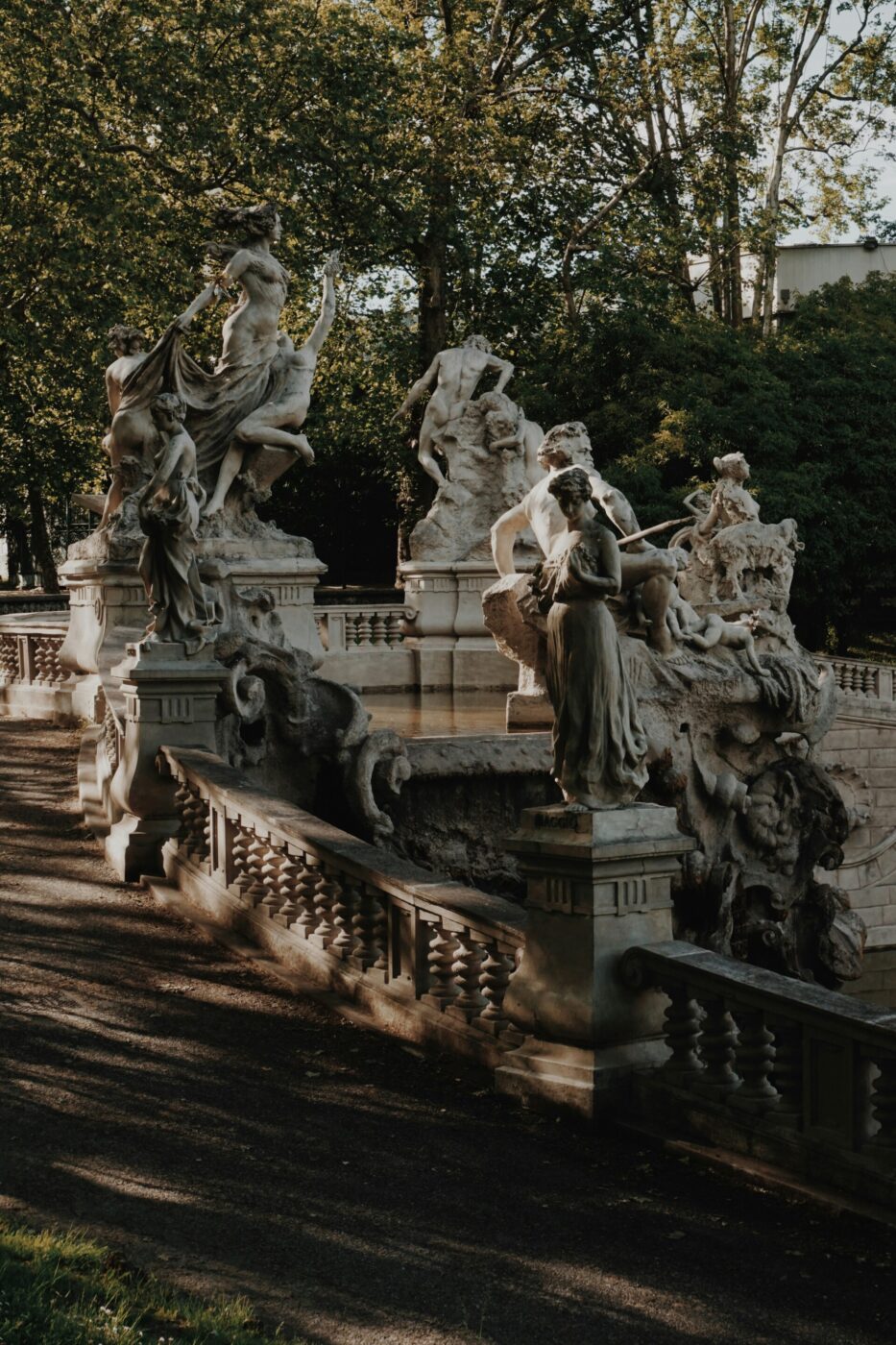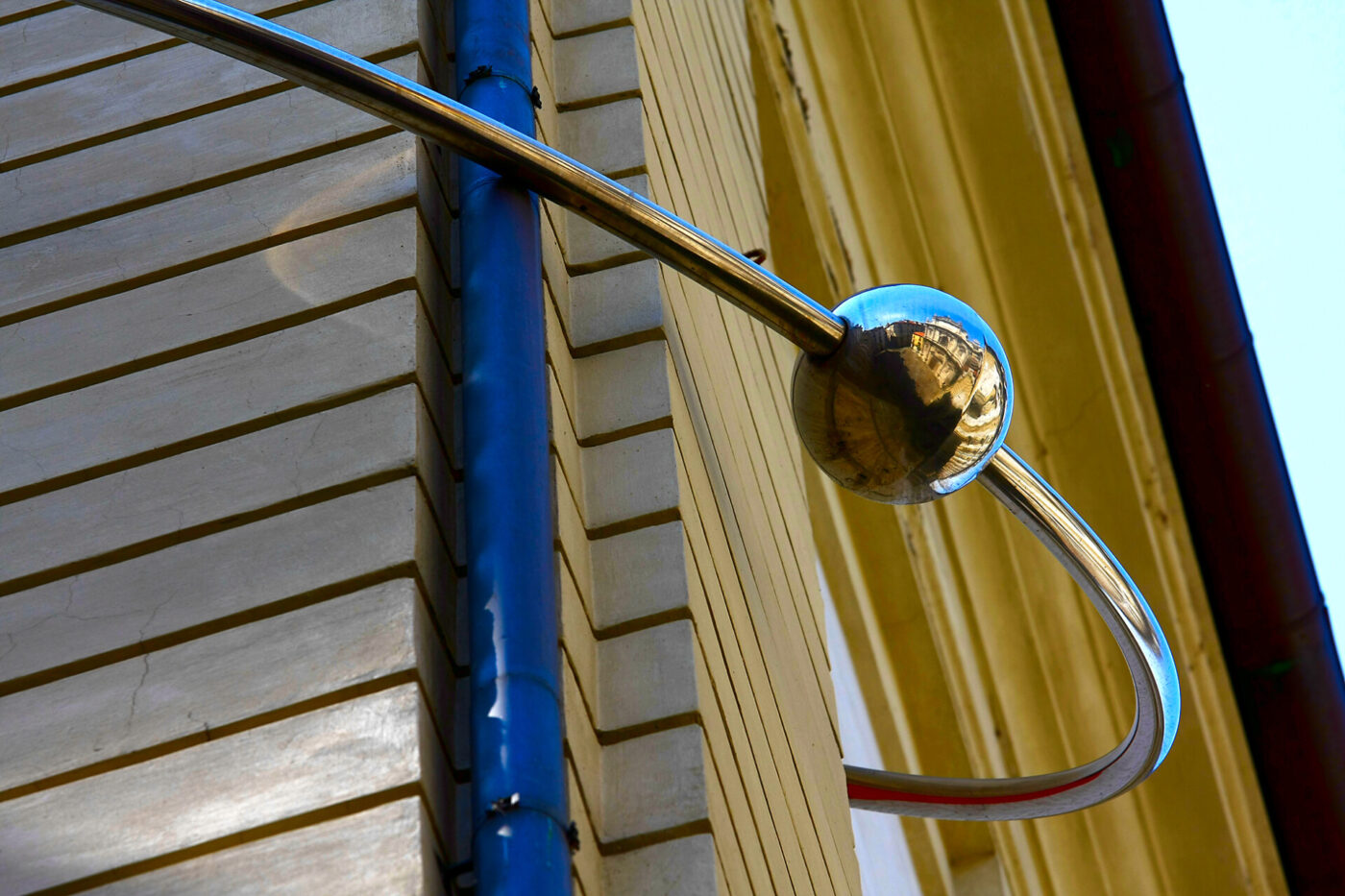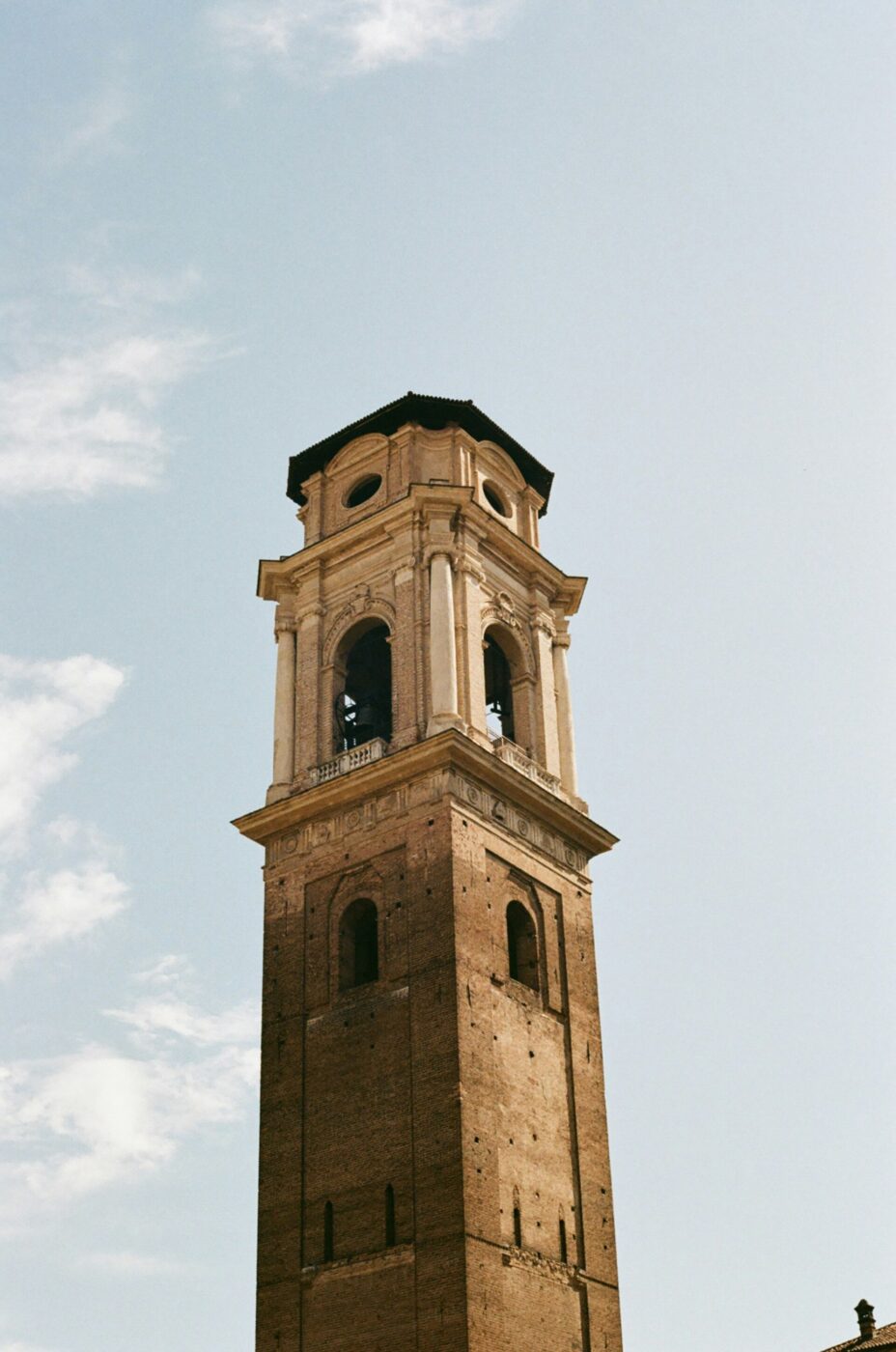Turin may have been Italy’s first capital, but don’t let its buttoned-up past fool you—this city knows how to keep a few secrets. Find a mishmash of architectural gems, shaped by the lavish tastes of the Savoys and the industrial might of Fiat, and a darker side that’s held over from the city’s days as the epicenter of Italian witchcraft. From rooftop racetracks to malevolent doorways, here are 10 places you’ve never heard of in Turin that’ll have you seeing this underrated city in a whole new light.
Casa Mollino
Eclectic is the name, Casa Mollino is the game. Located inside of a 19th-century villa in Turin, this apartment/museum is the realization of Carlo Mollino’s artistic genius. Architect, designer, photographer, writer, sportsman, skier, aerobatic pilot, Mollino defies definition as much as his work defies conventionality. Known as the “Warrior’s House of Rest,” Casa Mollino wasn’t designed as a home, but as a personal sanctuary showcasing Mollino’s distinctive style–leopard print walls, zebra carpets, and sculptures of the female form adorn the interiors. Filled with iconic pieces of furniture he designed himself, the place is a manifesto of his artistic vision, even though he never lived there. After his death in 1973, the apartment was restored to its original glory, amended with archival documents, publications, and photographs by father and son duo Fulvio and Napoleone Ferrari. The museum is available to visit by appointment only.

Piedmont: Casa Mollino; Photo by Fulvio Rosso
Parco Dora
Parco Dora occupies the space of what was once Turin’s largest intra-urban industrial wasteland; and though it could have remained a ghostly area that seems like a set straight from Divergent, local initiatives have repurposed the space into a massive green park over the past 20 years. This prime example of urban regeneration spans 456,000 square meters, offering paths for walking, cycling, and skating, sports facilities, and even a red canopy from an old steel plant that provides year-round shelter for activities. Once an industrial hub home to Fiat, Michelin, and the Vitali steel mill, the site was abandoned after the factories closed in the face of the industrial crisis. Now, it’s Turin’s hippest location, curving around the Dora river for which it’s named. Teens flock here to skateboard, and it’s also a popular site for music festivals, events, and Slow Food’s famed Terre Madre, but on the day to day, it still attracts hundreds of locals who come for some coveted green space in the city. The park also embraces street art, with notable graffiti works, including a tribute to Irish activist Bobby Sands.
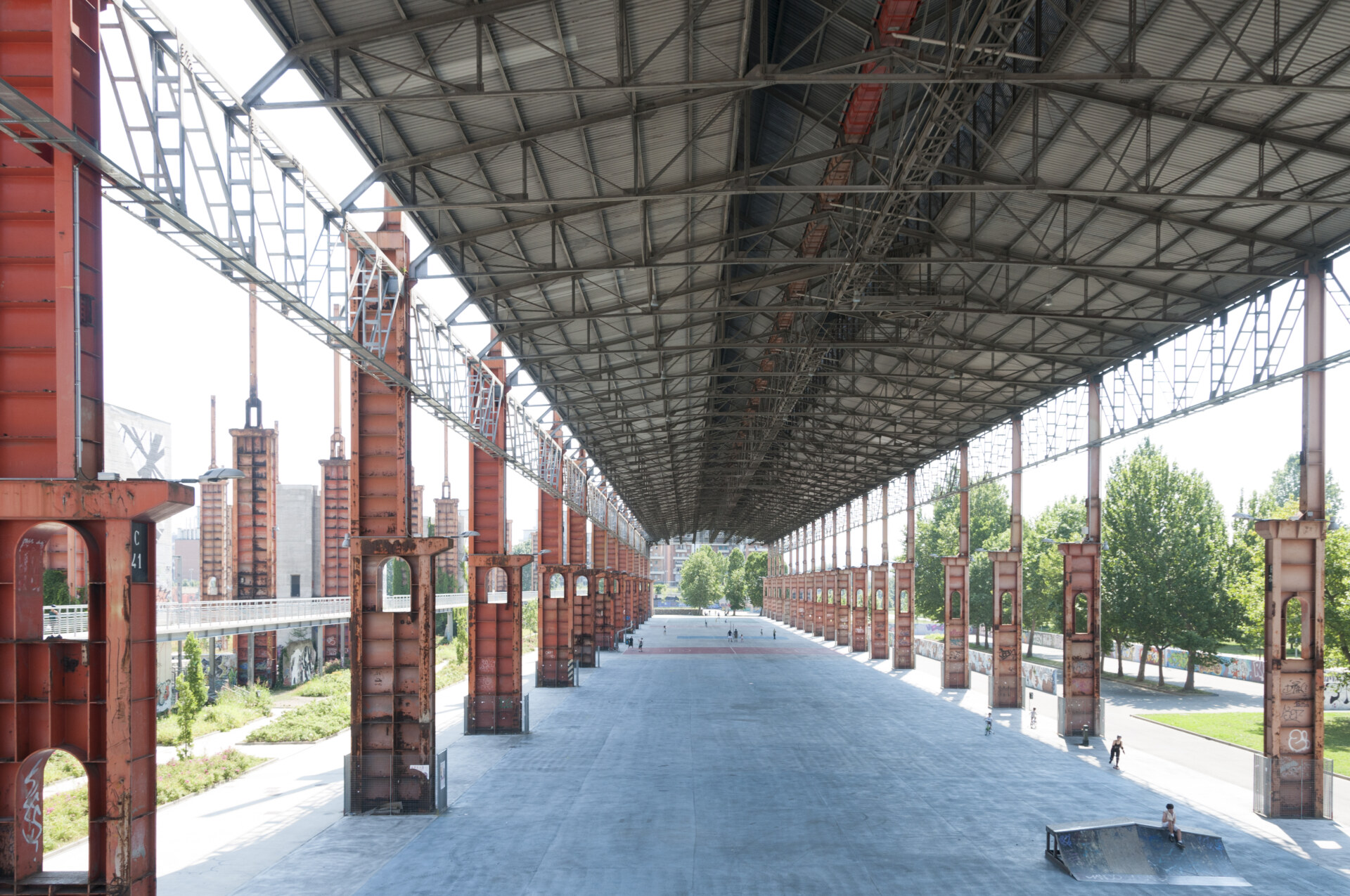
Parco Dora; Photo by Iotto Vitali
Fetta di Polenta (Slice of Polenta Building)
When this strange building went up in the 19th century, most people thought it was going to fall over. That’s because architect Alessandro Antonelli built a four-story building on a narrow, trapezoidal plot of land that was about four meters (13.1 feet) at the front and only 54 centimeters (21 inches) at the back. Twenty years before his famed architectural achievement–the Mole Antonelliana–Antonelli was given the land as a bonus for his hard work at a local construction company. So, he built the quirky little structure and painted it bright yellow (because why not), and his wife, Francesca Scaccabarozzi, gave the building its name. Undeterred by criticism, he even added three more stories, and actually moved into the spot for a year just to prove that it wasn’t going to collapse. Now, nearly 175 years later, this slice of polenta still stands as a testament to Antonelli’s ingenuity and boldness. The apartments inside are privately owned so you can’t actually enter, but you can view the flatiron from the street.
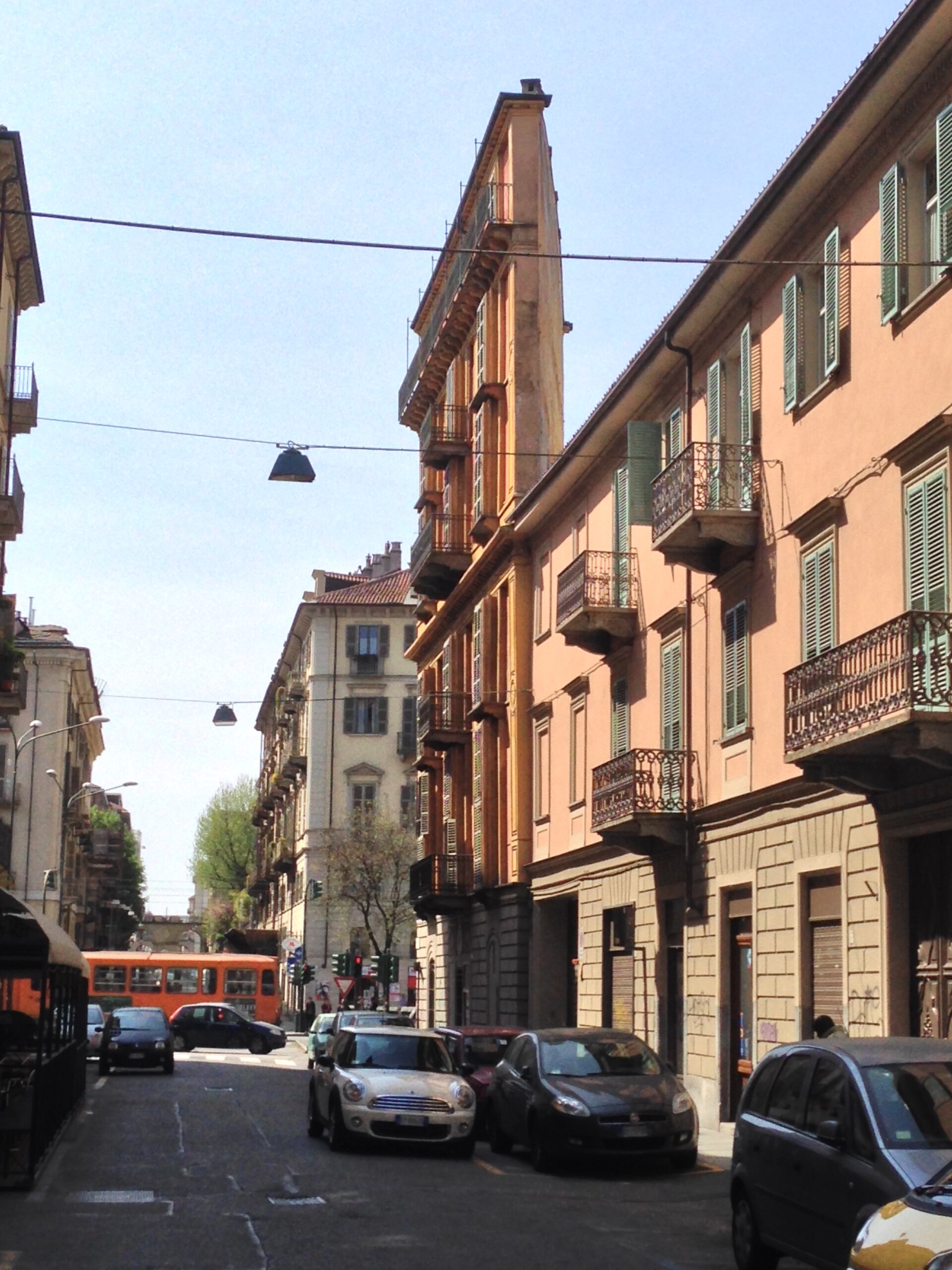
Palazzo Fetta di Polenta
Fiat Lingotto Factory Rooftop Racetrack
All you F1 fans, listen up: the most interesting European racetrack isn’t in Monaco, Monza, or Belgium, but Turin. And it’s hidden in plain sight. Today, Lingotto (not the train station) is a massive arcade of shops and concert halls, but it was once the heart of Fiat’s car manufacturing. Proximity to the station was essential for the company’s production: raw materials would arrive by rail to the lower floors, where they were turned into car parts. As the cars literally made their way up the building, they slowly started to take shape. By the time they reached the top, they were fully formed and ready to roll–straight onto the roof for a test drive on the track up there. Once the car was successfully driven, it was ready to go right into showrooms. Though it’s no longer a functioning racetrack, you can still visit by purchasing a ticket to the museum and taking an elevator straight to the roof. You’ll also catch a snippet of the track in the final chase of The Italian Job (1969) with Michael Caine.
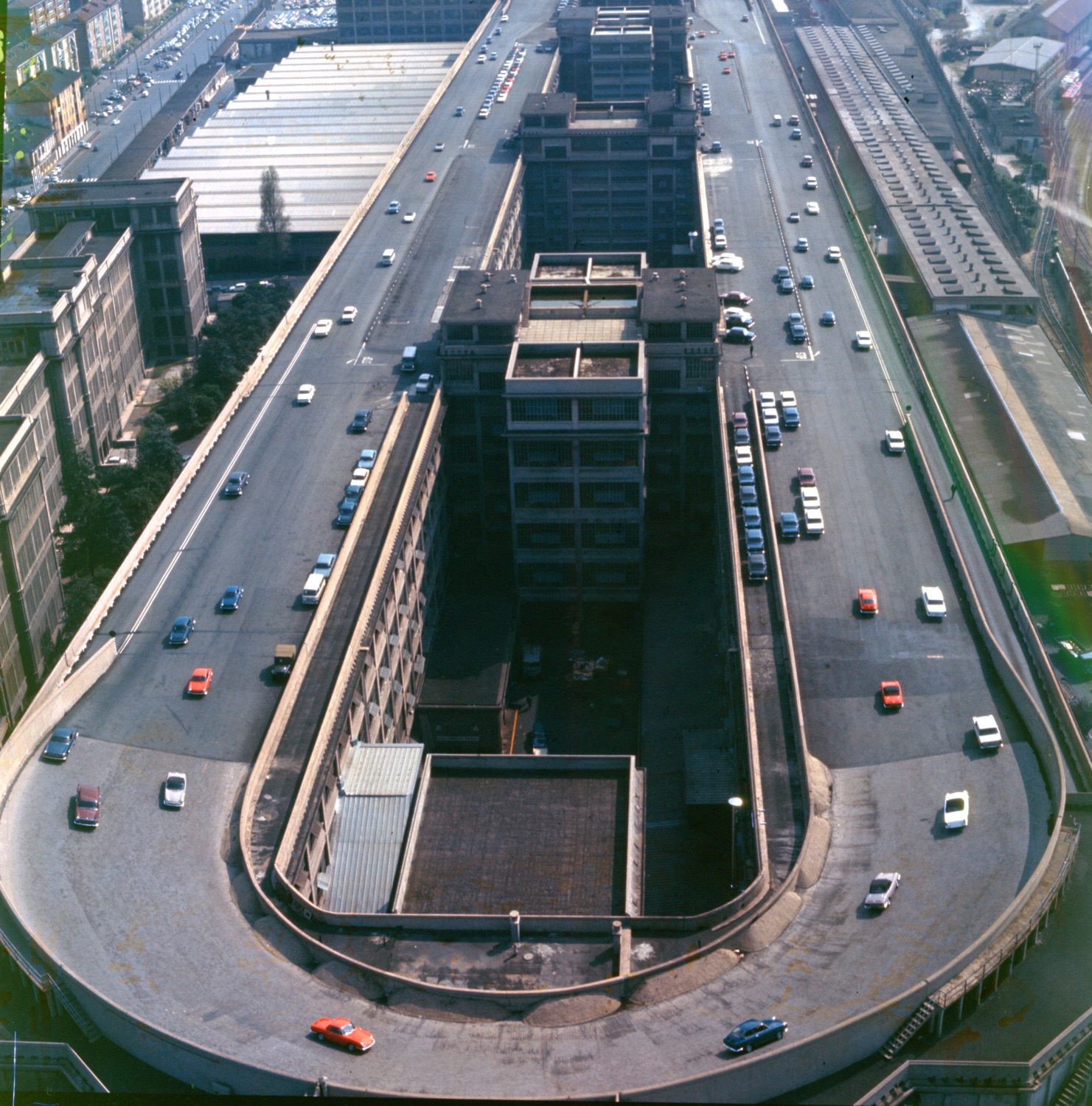
Lingotto Test Track (1966); Photo by Archive of Fiat Historic Centre
Fontana dei Dodici Mesi
Mythology buffs will know the story of Phaethon, son of Helios, who fell to Earth after being struck by Zeus’s lightning. But what they might not know is that the spot where he fell is also said to be where the Romans founded Augusta Taurinorum, which eventually became Turin. At the southern edge of Turin’s Valentino Park, this place is marked by the Fontana dei Dodici Mesi, a striking fountain surrounded by 12 graceful figures personifying the months of the year. Each statue reflects the personality of her season: January bundles up in the cold, while June basks in summer’s warmth. Designed by Turinese architect Carlo Ceppi in a Rococo and Art Nouveau style, the fountain was built for the Italian General Exhibition of 1898 and is fed by a waterfall flanked by statues representing Piedmont’s four great rivers–Po, Dora, Stura, and Sangone.
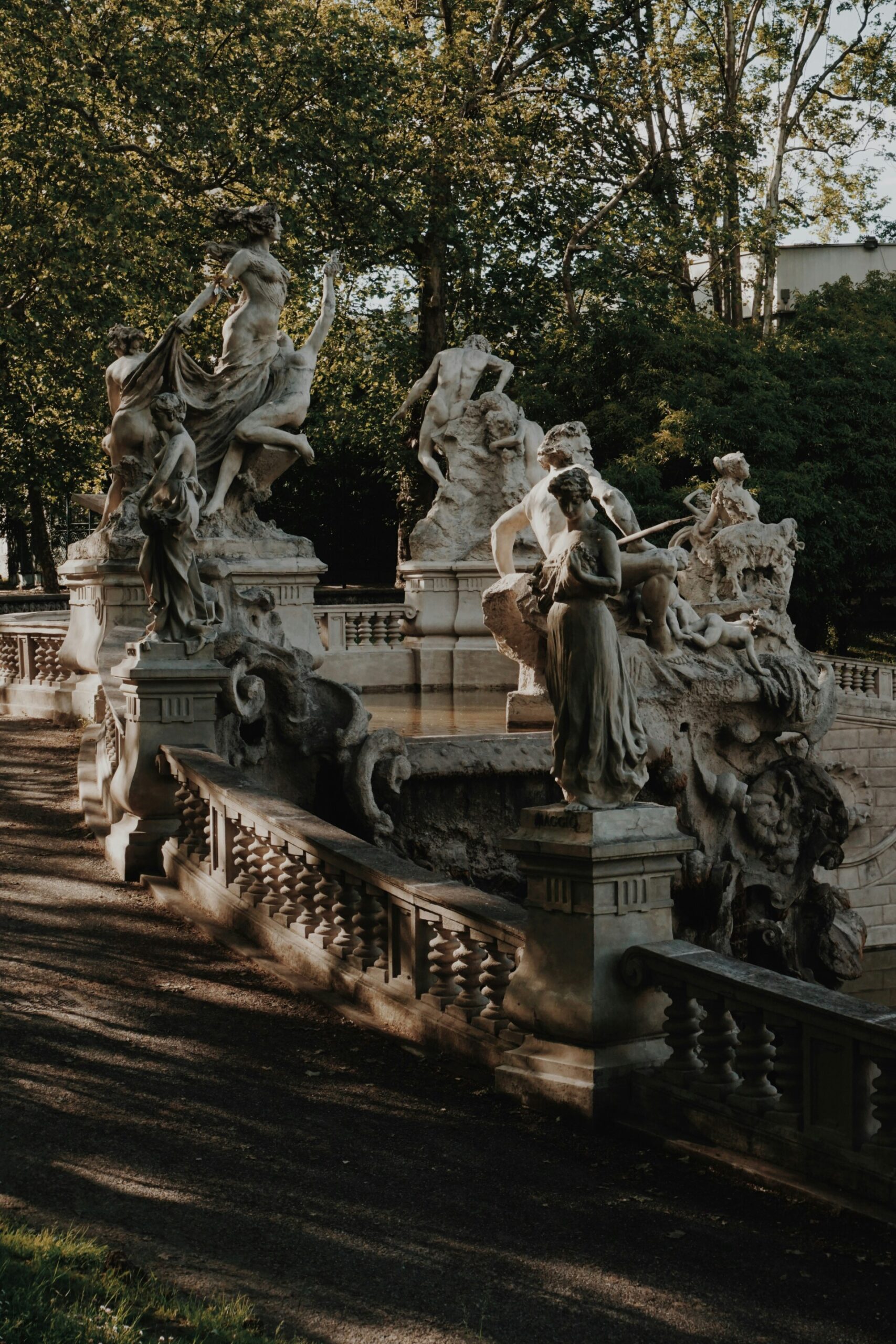
Fontana dei Dodici Mesi
House of Dragons (Casa della Vittoria)
No, we’re not talking about the HBO show here. But in Turin, this striking Liberty-style building on Corso Francia commands attention with its fierce, winged cement dragons perched above the entrance and windows. It’s no surprise that it’s been a location used in many horror movies– like Paolo Sorrentino’s Il divo (2008), Dario Argento’s Ti piace Hitchcock? (2004), and Ted Nicolaou’s La maschera etrusca (2007)–although its original intention was not so nightmarish. Built in 1918 by engineer Gottardo Gussoni, the mansion was commissioned by Giovanni Battista Carrera to celebrate Italy’s victory in World War I. The dragons were meant to symbolize post-war power, and more allegorical details that celebrate resilience and strength fill the building’s facade–it’s epically unsettling. You can’t go inside–it’s all privately owned residences–but the real attraction is the remarkable exteriors anyway.

House of Dragons
Portone del Diavolo (Devil’s Door)
Keeping with our slightly haunting theme, this doorway might lead you to a terrible fate–or into the Palazzo Trucchi di Levaldigi. At first glance, the giant wooden door’s carved flowers, fruits, and cherubs seem harmless, but reach for the knocker and a chill will certainly run down your spine: two serpents coil around each other, sprouting right from the gaping mouth of Satan. Yeesh. Built way back in 1675 by Pietro Danesi for Count Giovanni Battista Trucchi di Levaldigi, no one really knows why demonic references were built into the design. Some blame dark forces, since the building was once home to a tarot card factory in the 17th century, when the building was #15 on the street; the devil is associated with the #15 tarot card, and the #15 tram line also passes by there. Spooky. Legends tell of ominous supernatural events taking place in and around the door, and we’re certainly not going to put it to the test. Coincidence or not, today, this door opens not to the gates of hell, but to a branch of one of Italy’s largest banks. (Another type of hell, one could argue.)

Portone del Diavolo
Baci Urbani (Urban Kisses)
Even buildings go through emo phases–at least that’s the case with a certain 18th-century one in Turin, pierced with a huge silver hoop. Architect Corrado Levi and artist Cliostraat installed the piece in 1996 as a temporary statement: a little act of rebellion to disrupt traditional architecture that some people know as “Baci Rubati”, or “Stolen Kisses.” On either side of the piercing, paint drips down: crimson on the left for its proletarian soul, and blue on the right for its noble soul. It’s meant to symbolize a violent kiss between tradition and modernity, and, over 30 years later, the piercing is still there, proudly defying convention (and the wishes of parents everywhere).
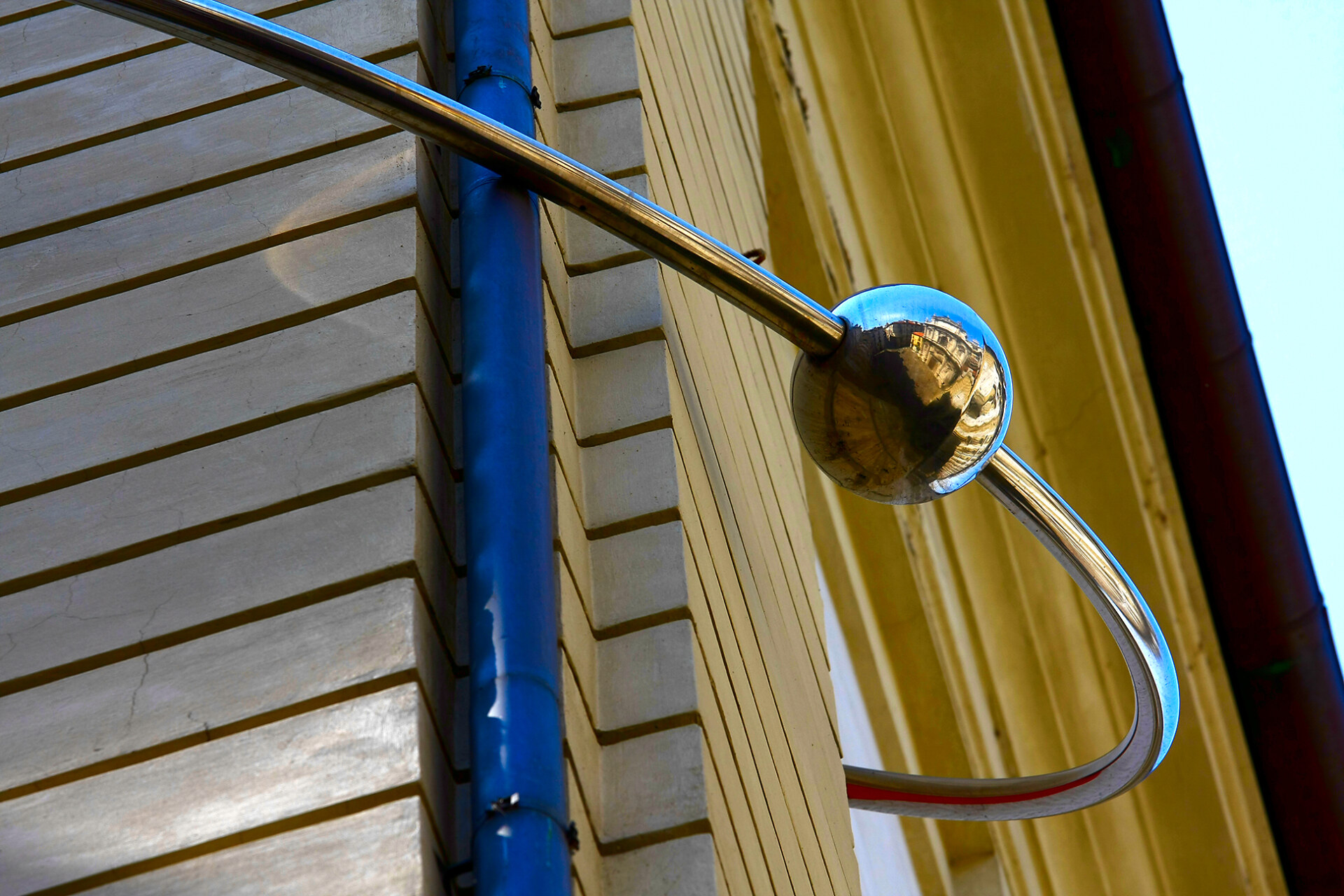
Baci Urbani; Photo by Andrea Mucelli
Palazzina di Caccia of Stupinigi
It’s only natural that the King and Queen of Savoy had a residence in the country as well as the city. And this Palazzina in Nichelino, 10 km outside of Turin, is Bridgerton meets Versailles countryside luxury. The ultra-prestigious Savoy residence covers a whopping 31,000 square meters, plus another 150,000 square meters of park and green space and was designed specifically for hunting retreats and royal family celebrations. Filippo Juvarra began construction in 1729, which continued through the 18th century under the guidance of Benedetto Algieri and other architects. Once these hunting trips got boring, the grounds turned into a giant zoo, with ostriches, kangaroos, and even an elephant, donated by the ruler of Egypt. A triumph of Italian Rococò style, the palace is now open to the public, who can spend the day wandering the grounds and envisioning what life could have been like if they married a member of Italy’s last ruling family.
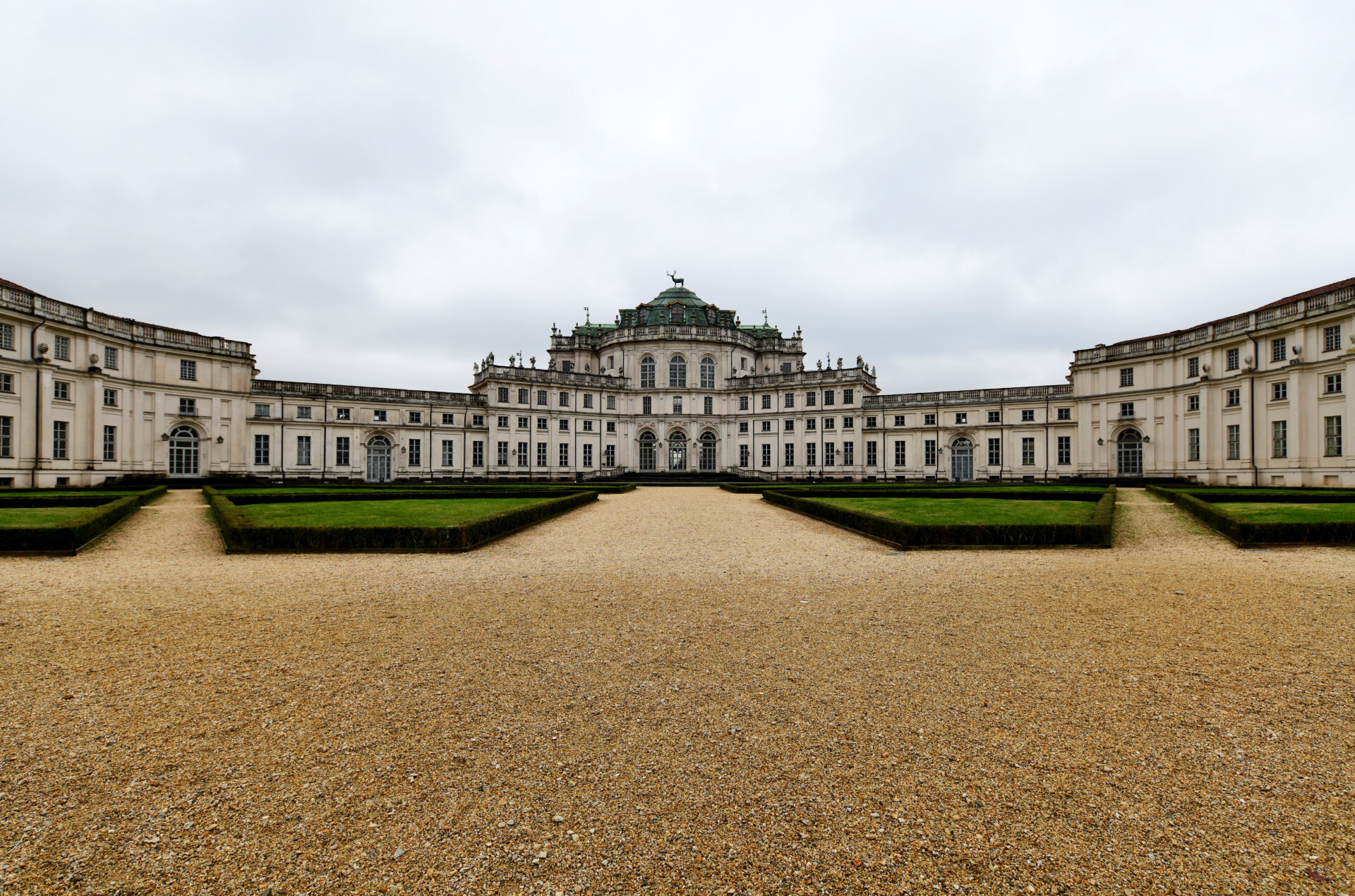
Palazzina di Caccia of Stupinigi
Castello di Rivoli – Museo d’Arte Contemporanea
We love the Egyptian museum and the cinema museum, but it’s also worth heading outside of the city for Italy’s first contemporary art museum–housed in a 18th-century Baroque castle by Filippo Juvarra (the same architect behind the Palazzina di Caccia of Stupinigi) that was once the former residence of the Royal House of Savoy. Since it opened in 1984, the museum has featured permanent exhibitions as well as rotating ones from over 450 Italian and international artists of the 20th and 21st centuries. It’s one of Italy’s few spaces dedicated exclusively to contemporary art, and the blending of the old castle with the new exhibitions is a particularly beautiful setting. Open for ticketed entry from Wednesday to Sunday.
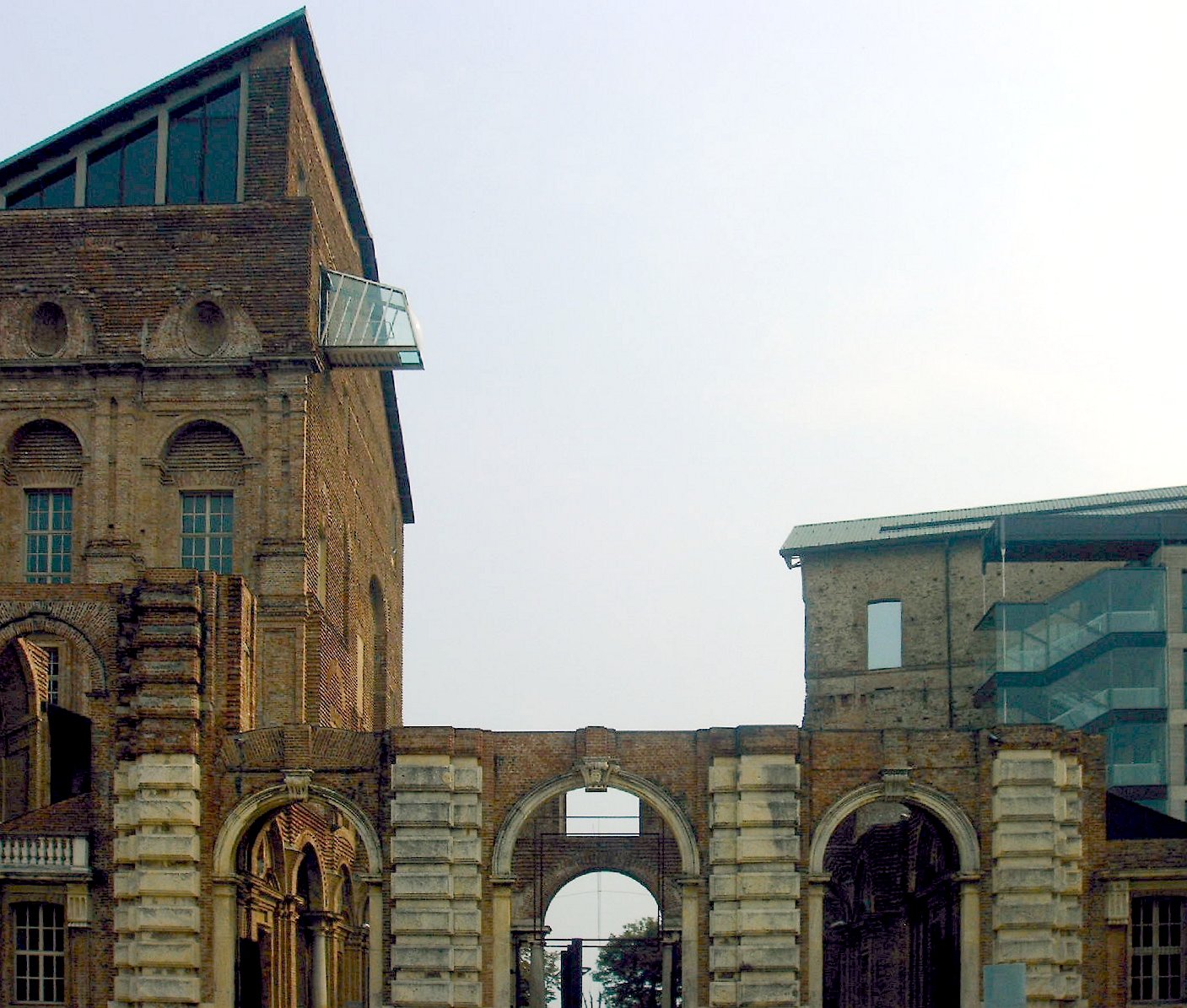
Castello di Rivoli; Photo by CC BY 2.5


